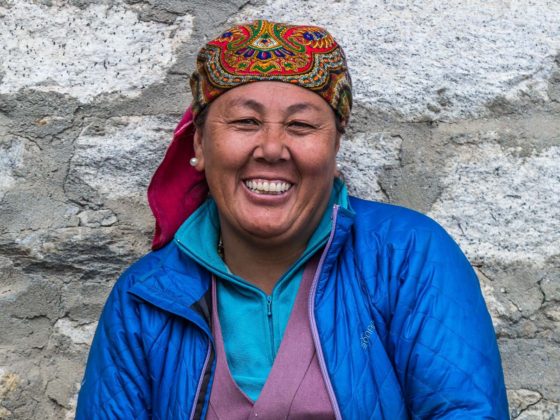IT HAS ONLY BEEN A YEAR since a large earthquake rocked Nepal. New structures and active rebuilding is apparent from Kathmandu up to the most remote villages in the Himalaya. Piles of rubble and vacant plots where buildings once stood dot the landscape. The buildings that still stand and the smiles from the Nepalese are a sign of the strength of Nepal.

Stupa
Only about 10% of Nepal’s citizens are Buddhist and this is more apparent higher in the Himalaya where stupas, mani stones and prayer flags are seen everywhere.
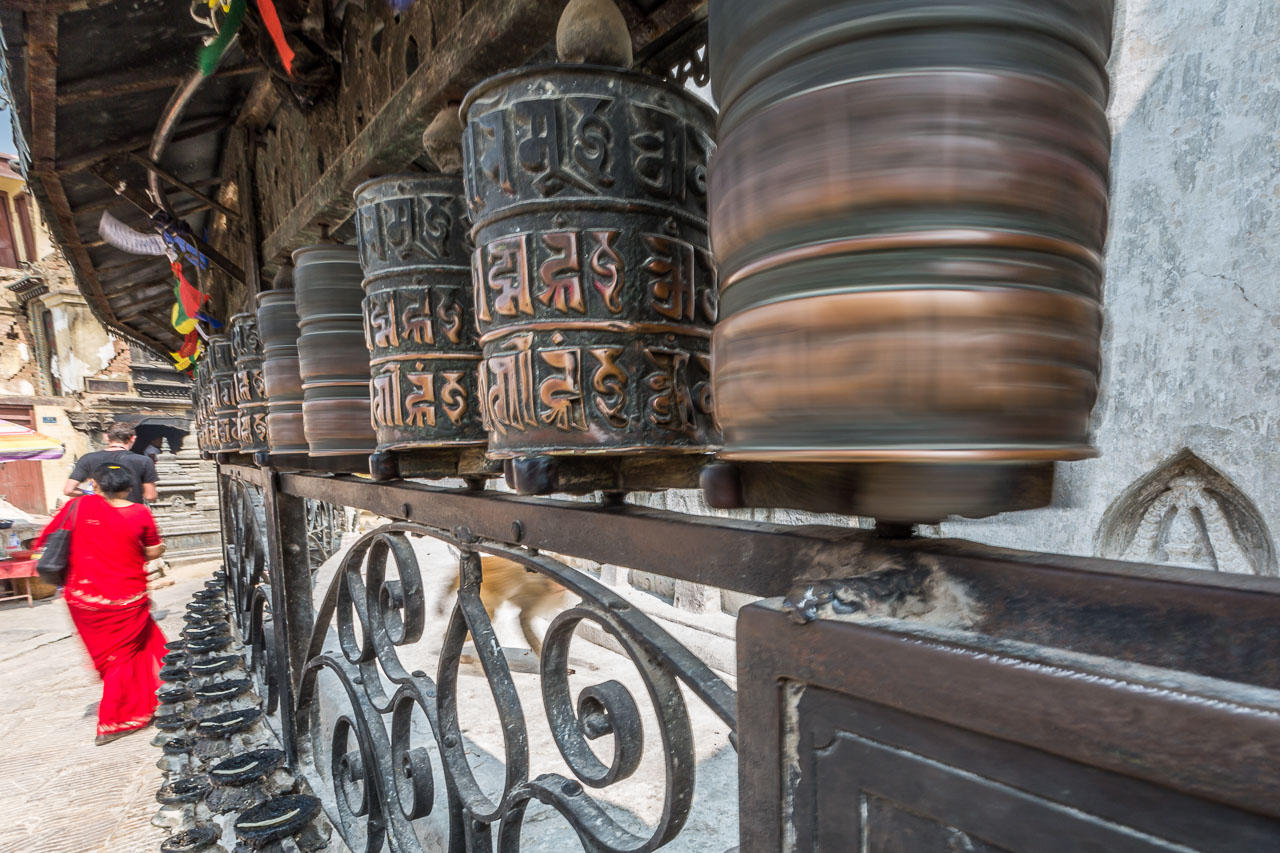
Prayer Wheels
The spinning of a prayer wheel is said to have the same effect as orally reciting the mantras that are printed or carved into them.

Monk
A monk at the Tengboche Monastery at 12,700 feet in the Himalaya.
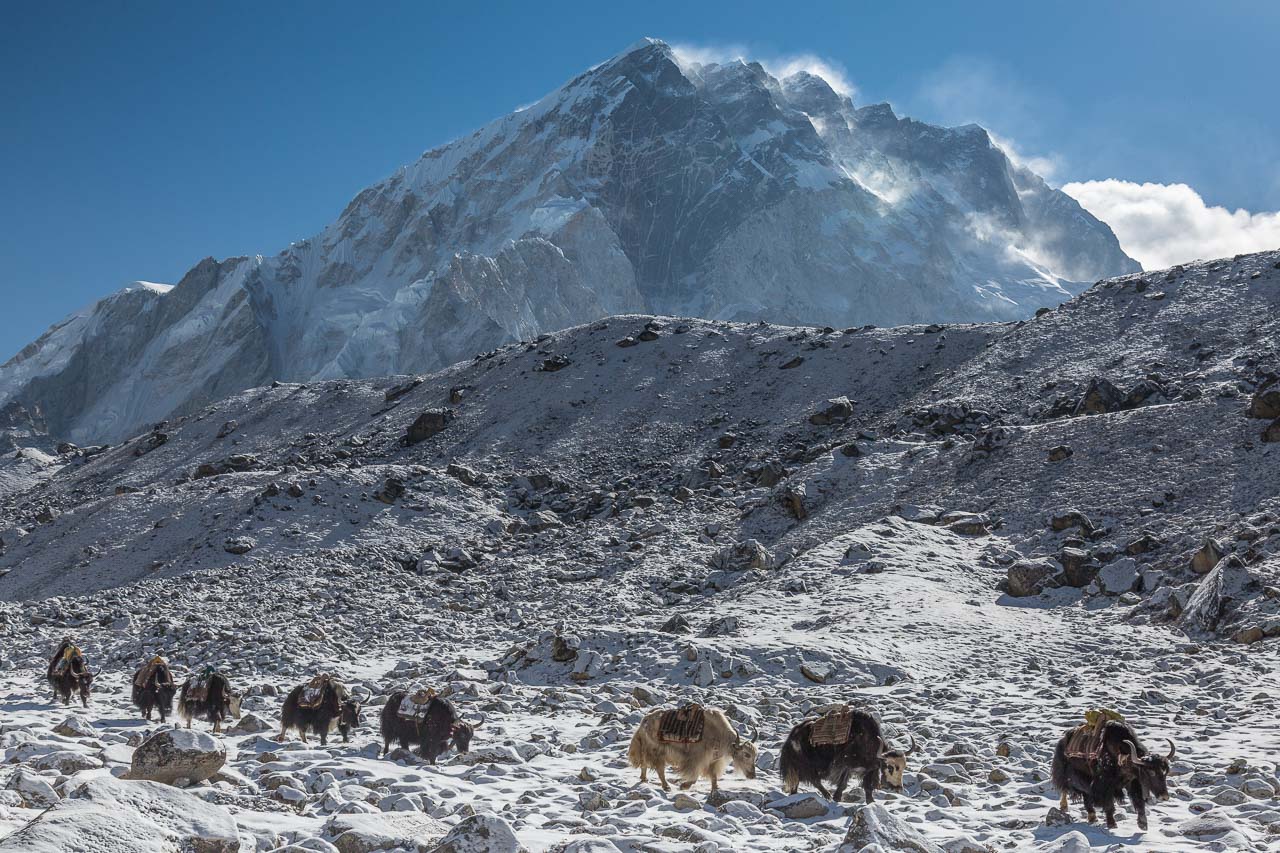
Yaks
Yaks carry a majority of the goods needed at high-altitude villages in the Himalaya.
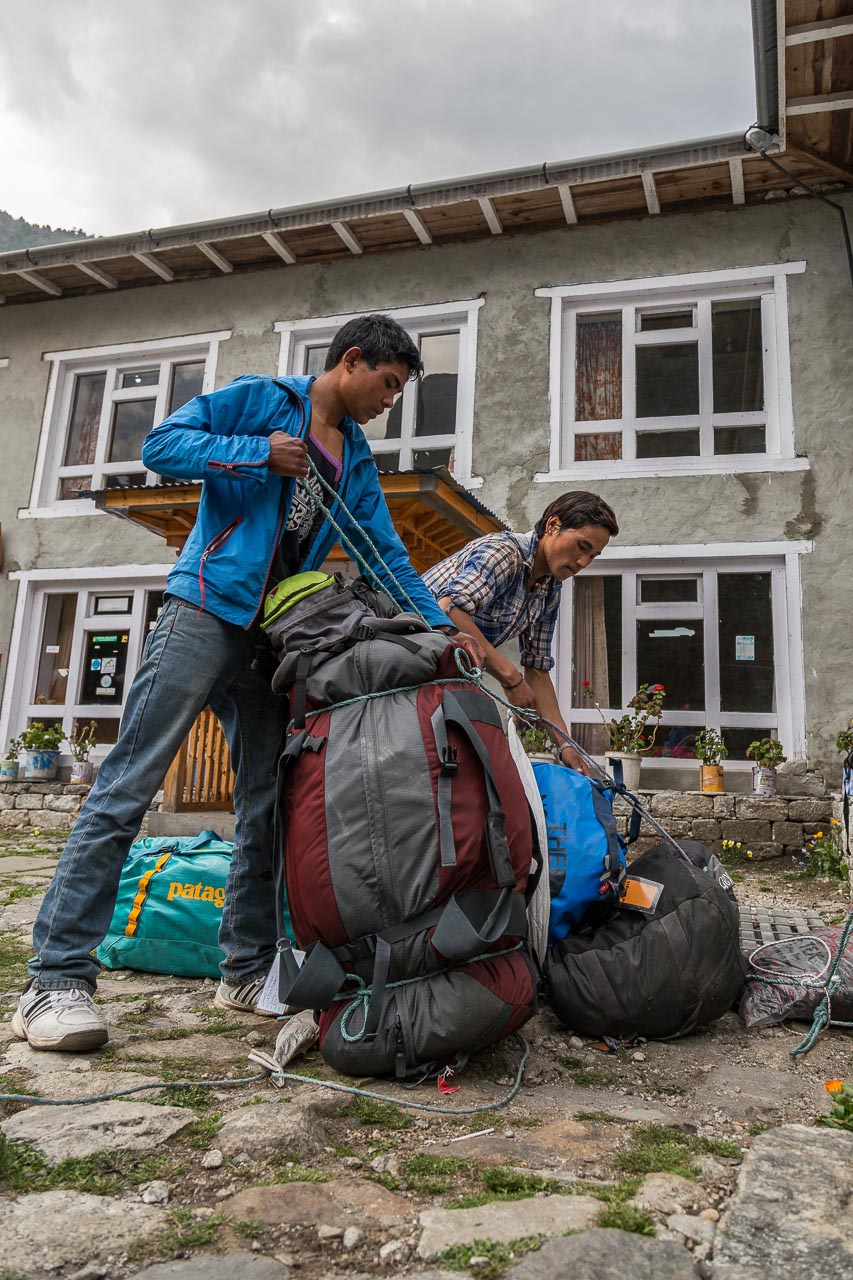
Porters
If not on the back of a yak or donkey, porters carry goods and climbing gear high into the mountains of the Himalaya.

Runway
Lukla is touted as the most dangerous airport in the world with aircraft using every inch of the short, steep runway.
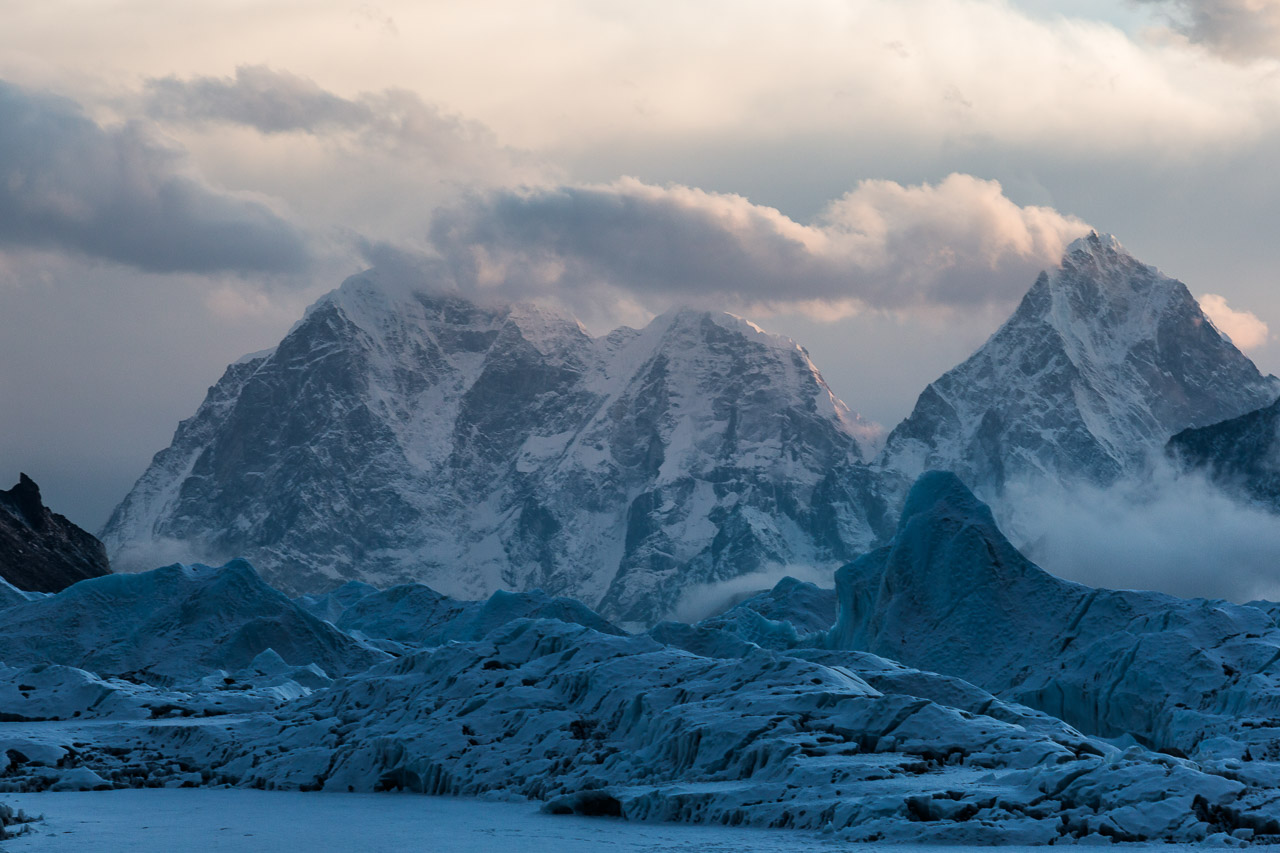
Mountains
The Khumbu Glacier and endless rock and ice mountains of the Himalaya.
Intermission
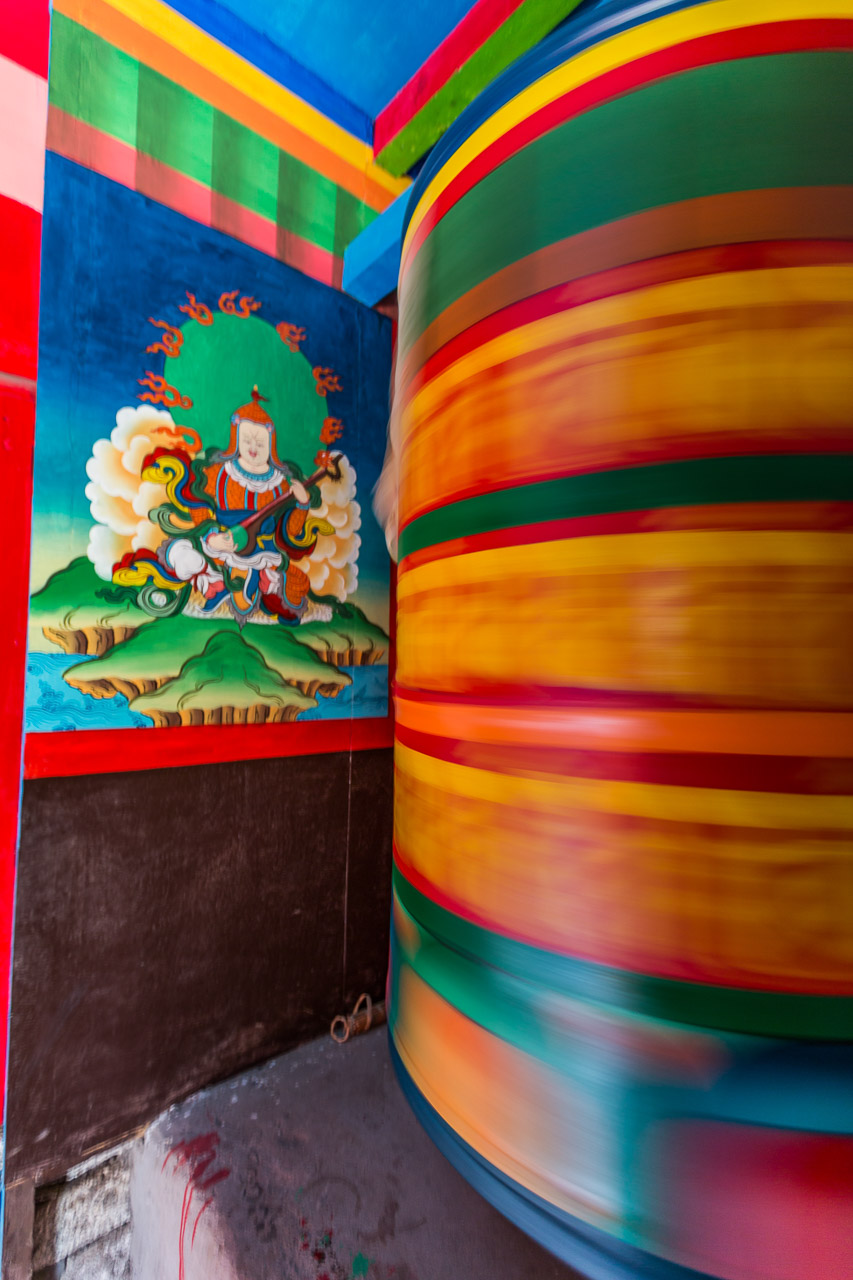
Big Prayer Wheel
Prayer wheels range from small handheld wheels to giant wheels that can be several meters tall.
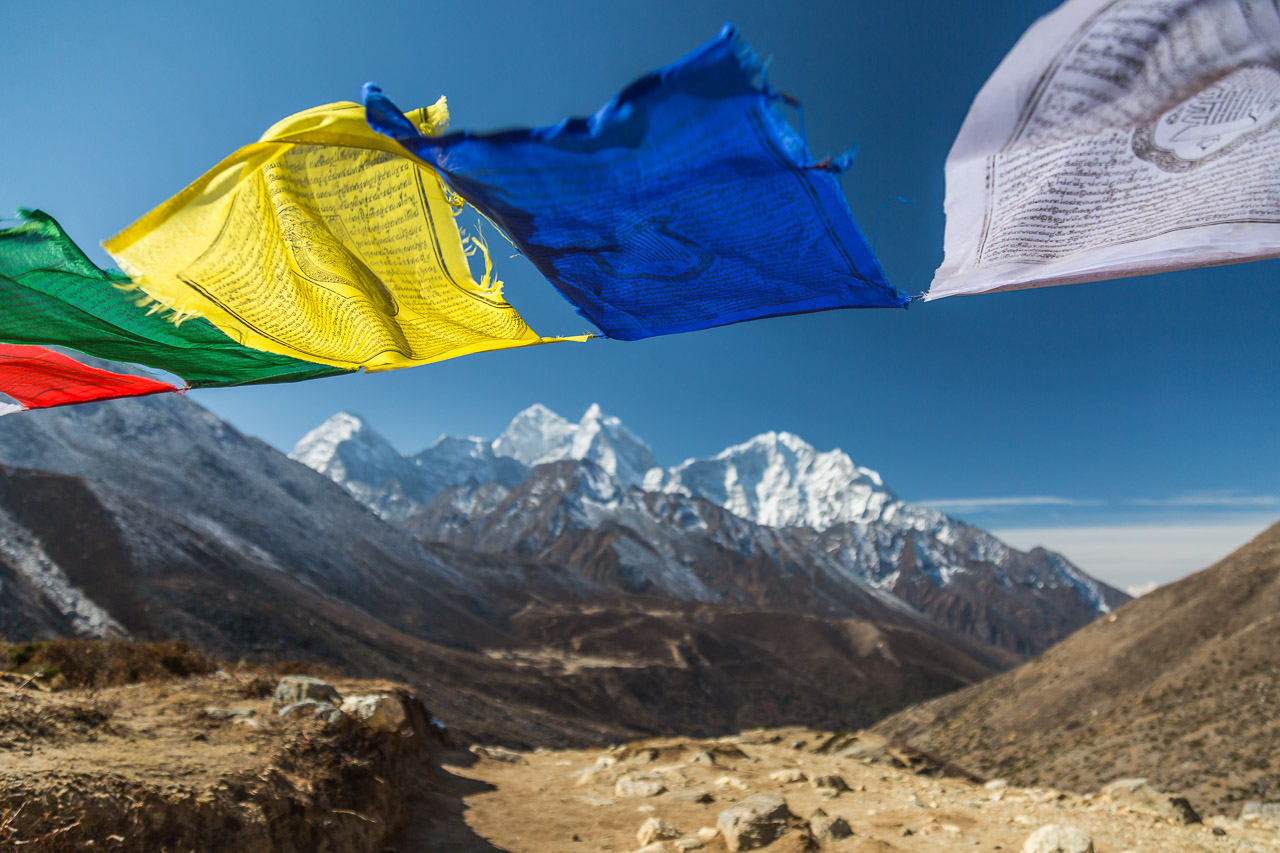
Prayer Flags Mountains
Nearly every rocky outcrop and building above treeline in the Himalaya has prayer flags strung between them.
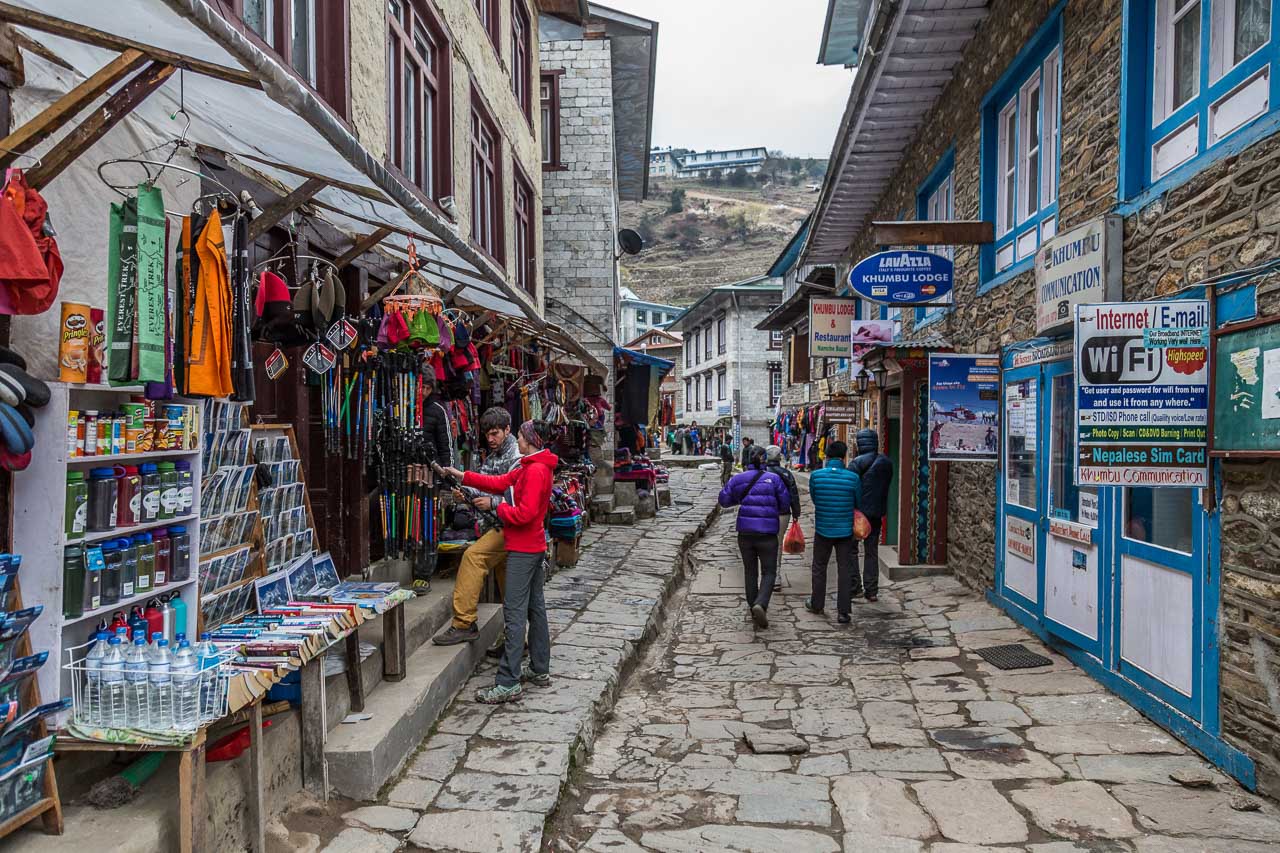
Namche Street
Namche Bazaar is the largest village in the Khumbu Region and is a major trading hub for neighboring villages and valleys.
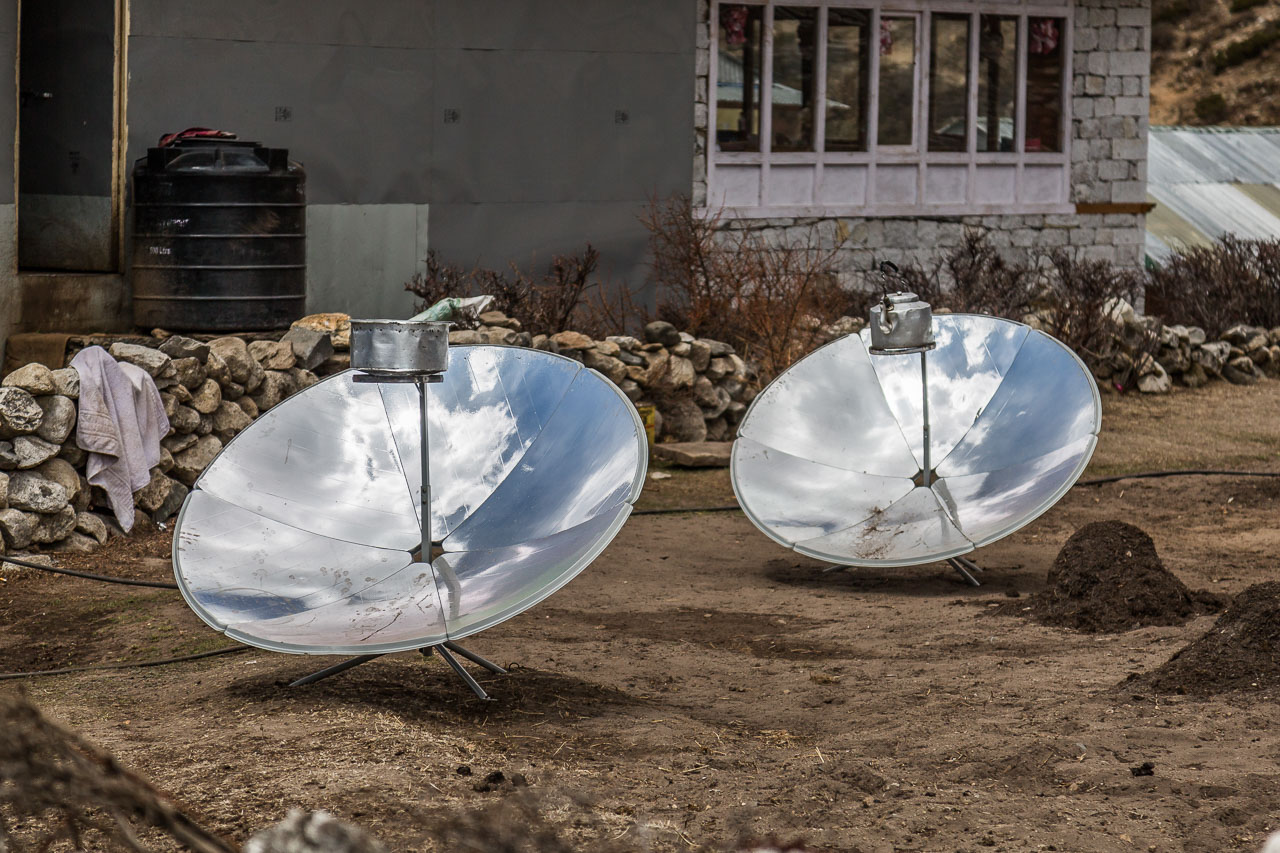
Water Boiling
The sun's radiation is captured to boil water and save fuel in remote villages.
Intermission
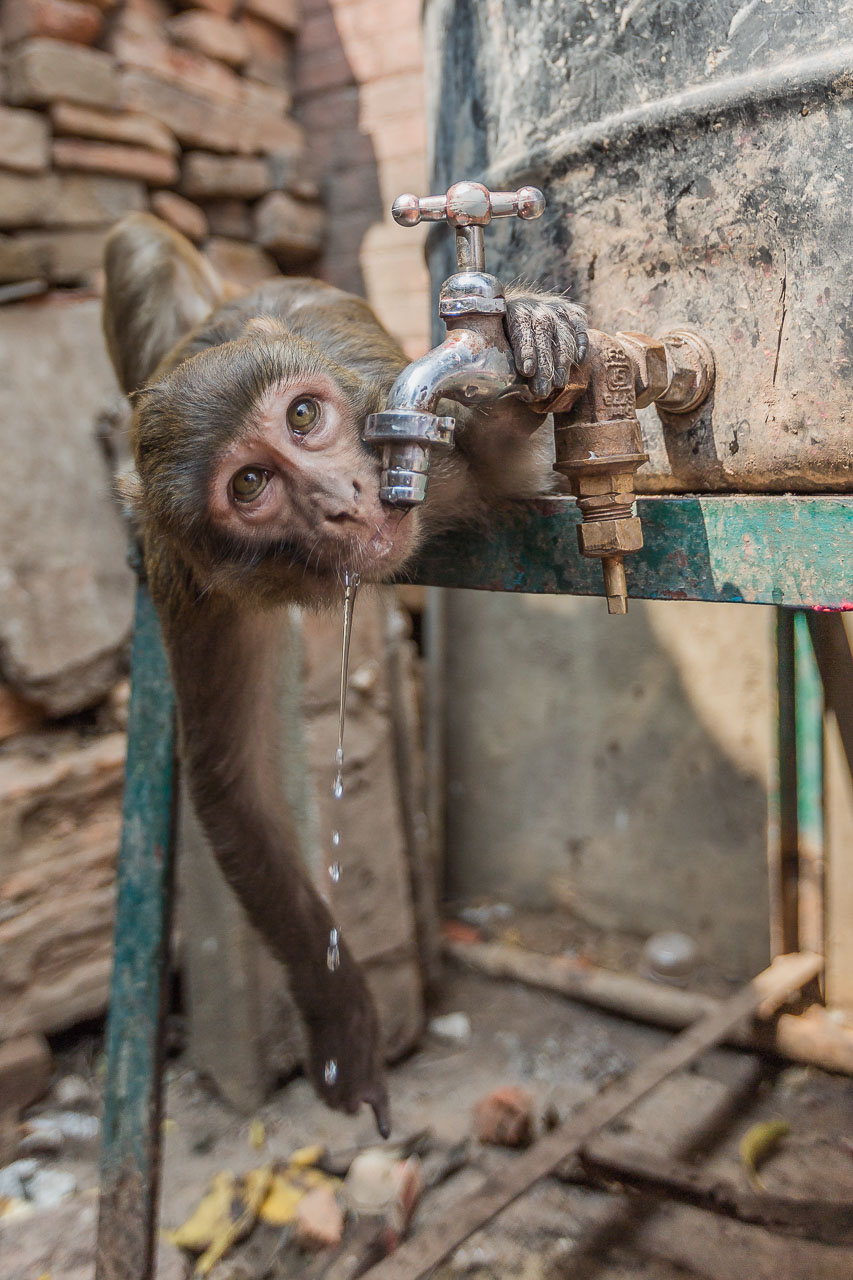
Monkey Drinking
Rhesus macaque monkeys are found throughout Swayambhunath (The Monkey Temple) in Kathmandu.
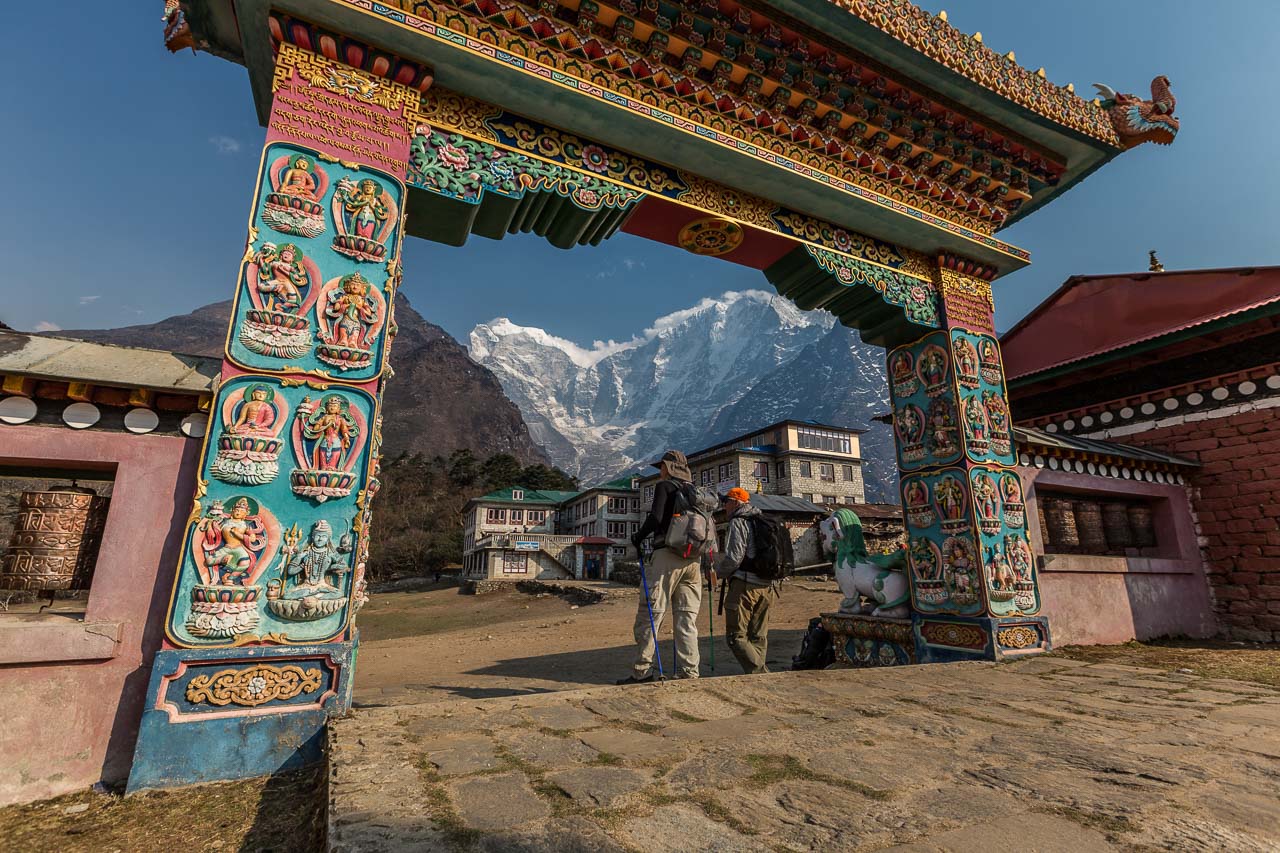
Tengboche
The icy summit of Kangtega rises more than 10,000 above the Tengboche Monastery.
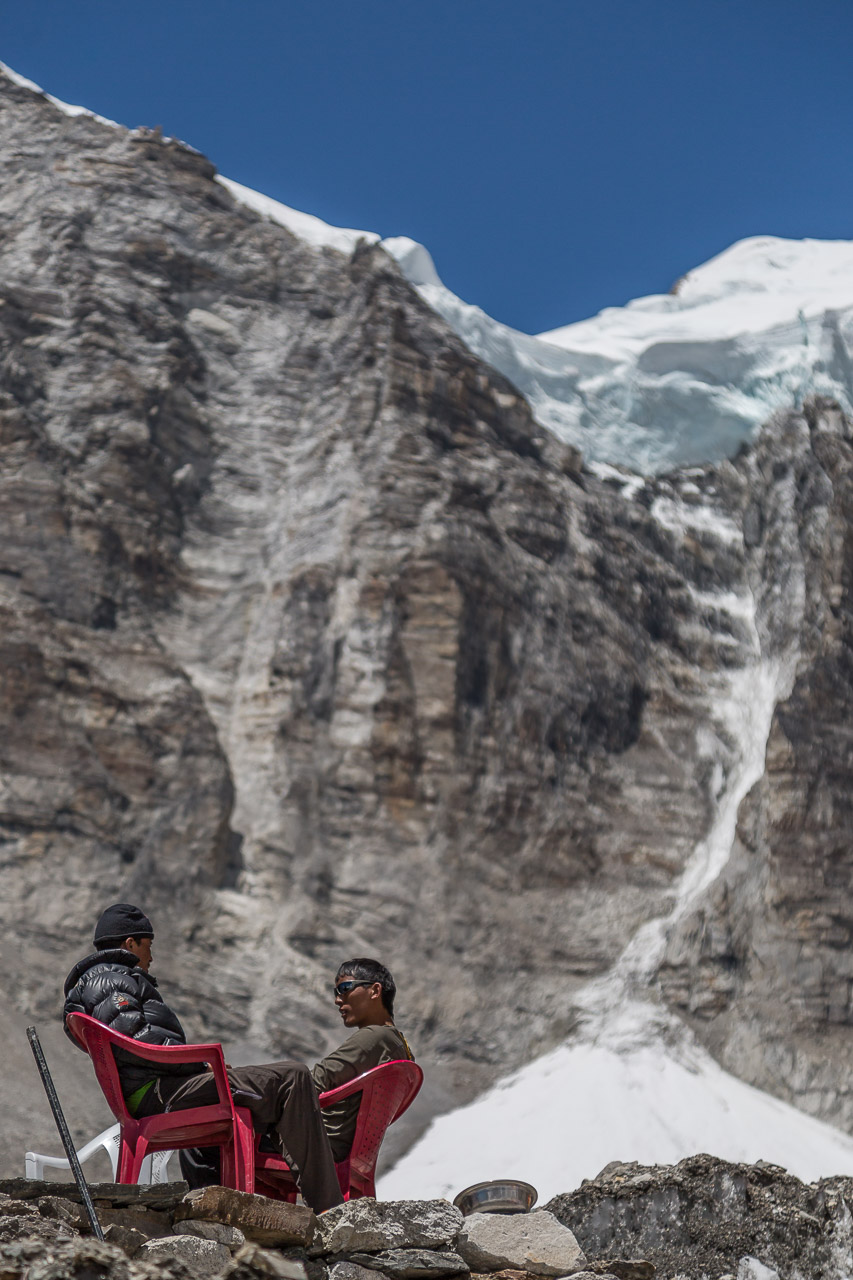
Sherpa at EBC
Two climbing Sherpas enjoy a sunny afternoon at Everest Base Camp.
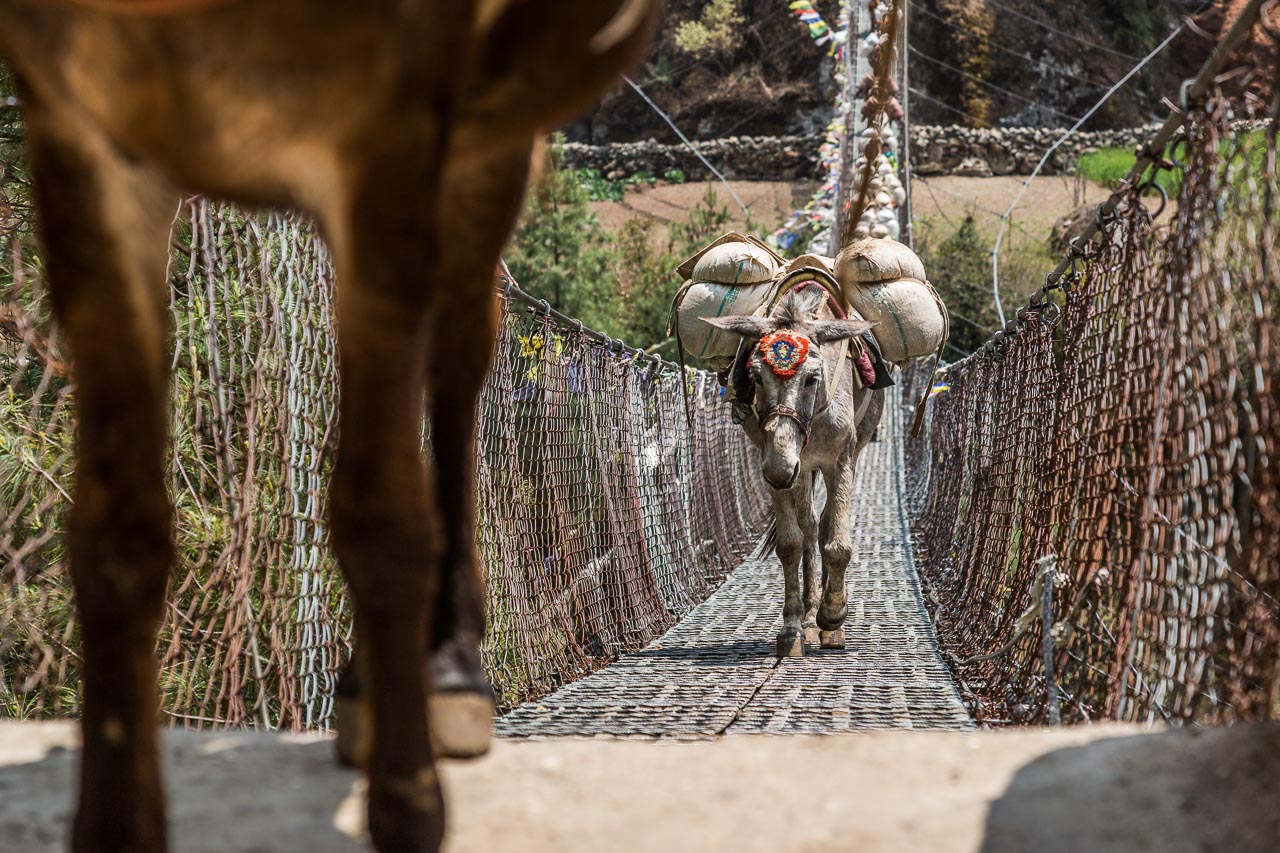
Donkey
Along with yaks and local porters, donkeys are the only way to transport goods into the roadless Khumbu Region of Nepal.
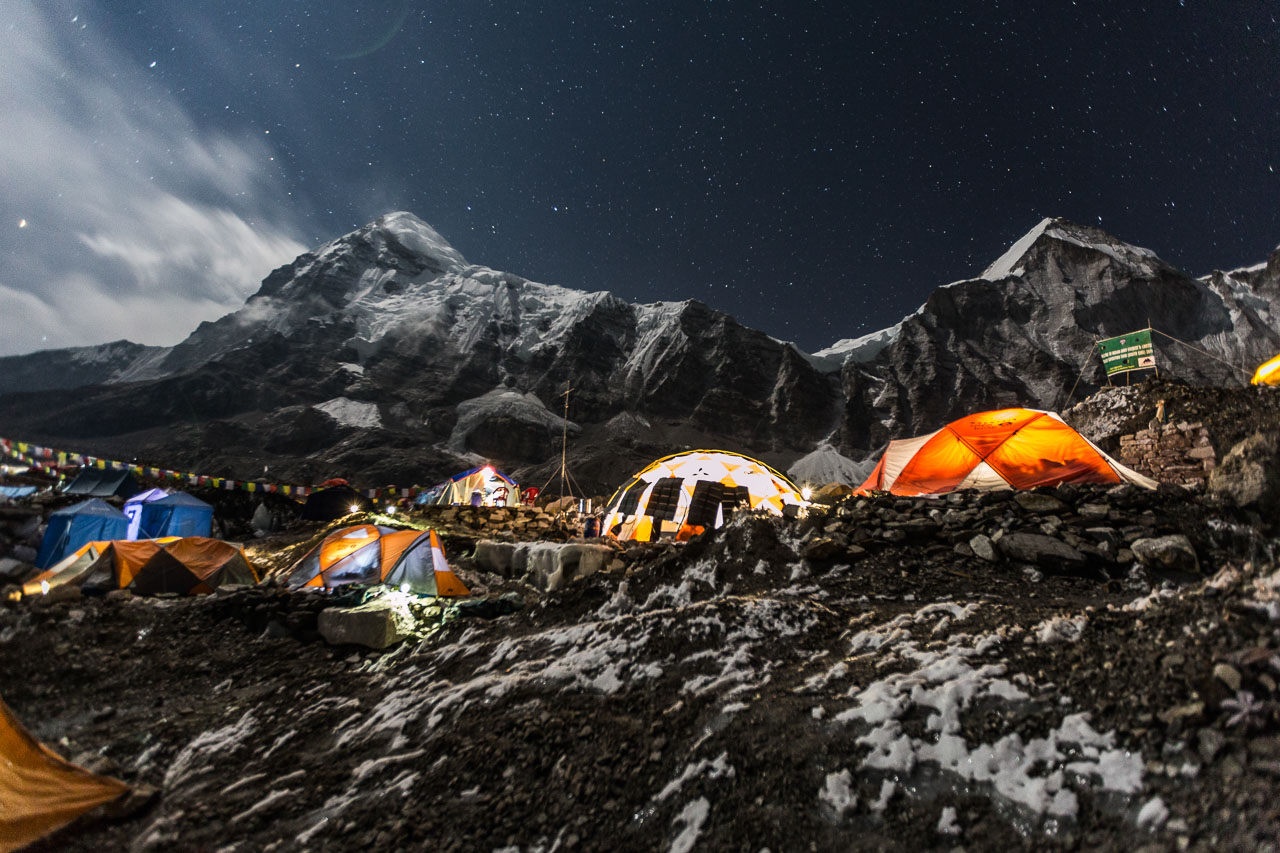
EBC Night
The mountain of Pumori rises above Everest Base Camp.
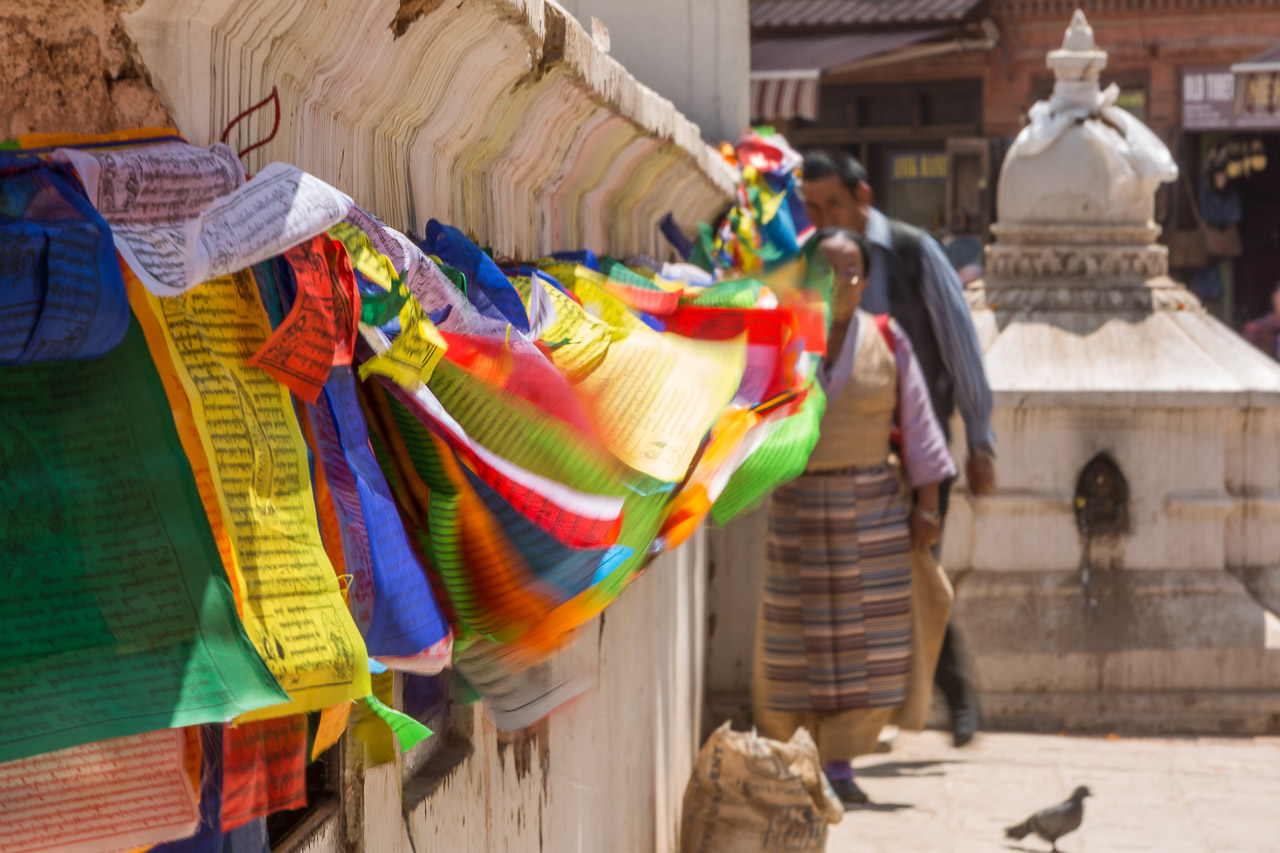
Boudhanath
The prayer wheels at Kathmandu’s Boudhanath Stupa are almost completely covered by prayer flags as the stupa is being repaired from damage sustained in the 2015 earthquake.
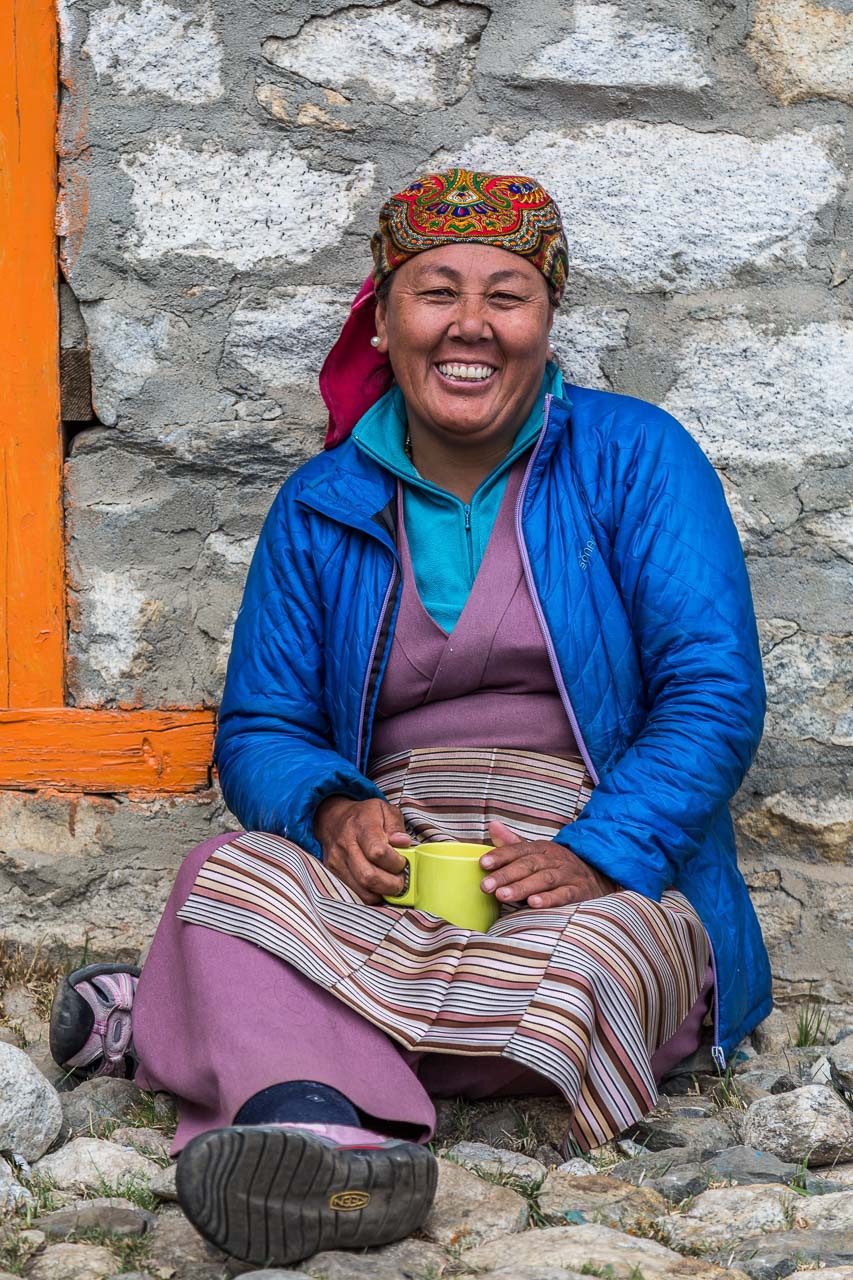
Mingma Sherpa
The owner of the one of the trekking lodges in the village of Dingboche, Mingma Sherpa, enjoys a cup of tea early in the afternoon.
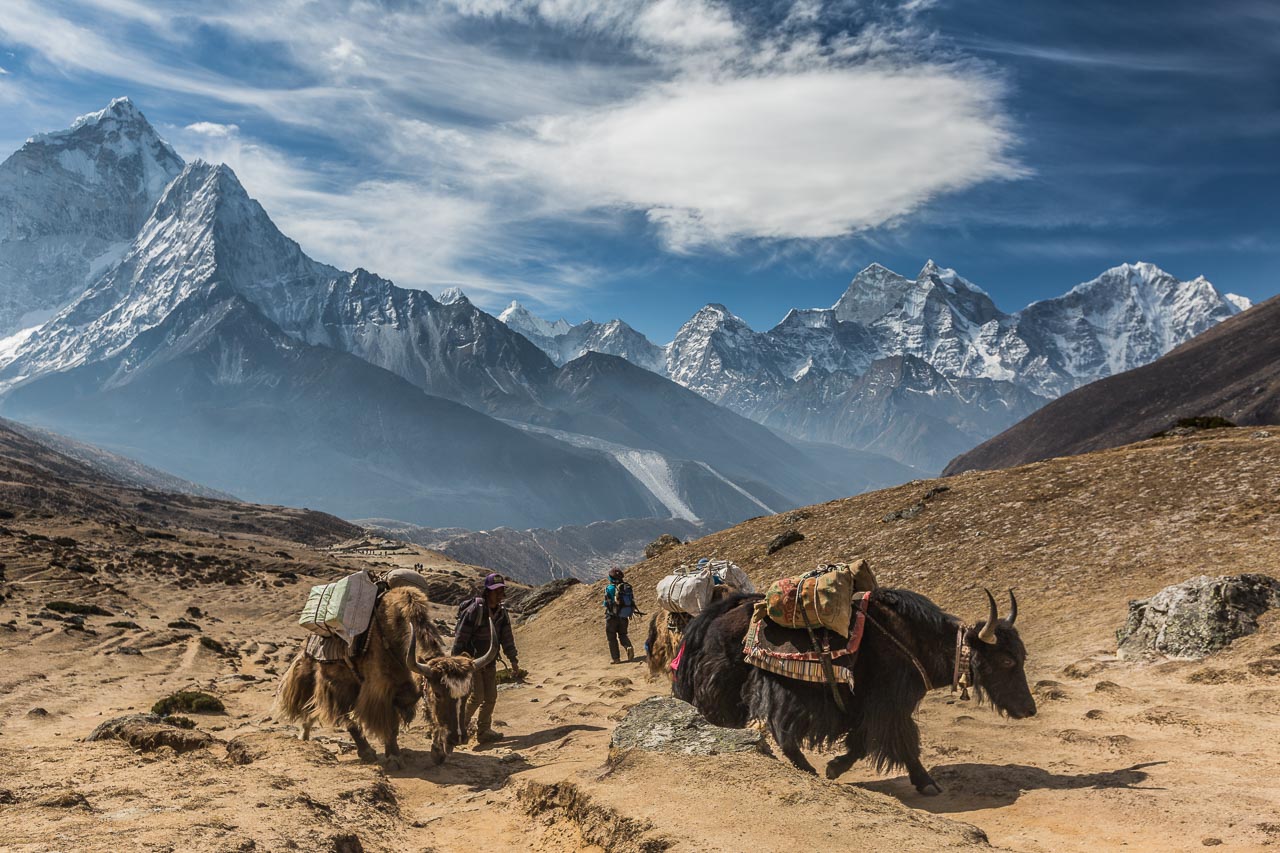
Yaks
A train of yaks carry goods to the village of Lobuche at 16,200 feet in the Khumbu Valley.
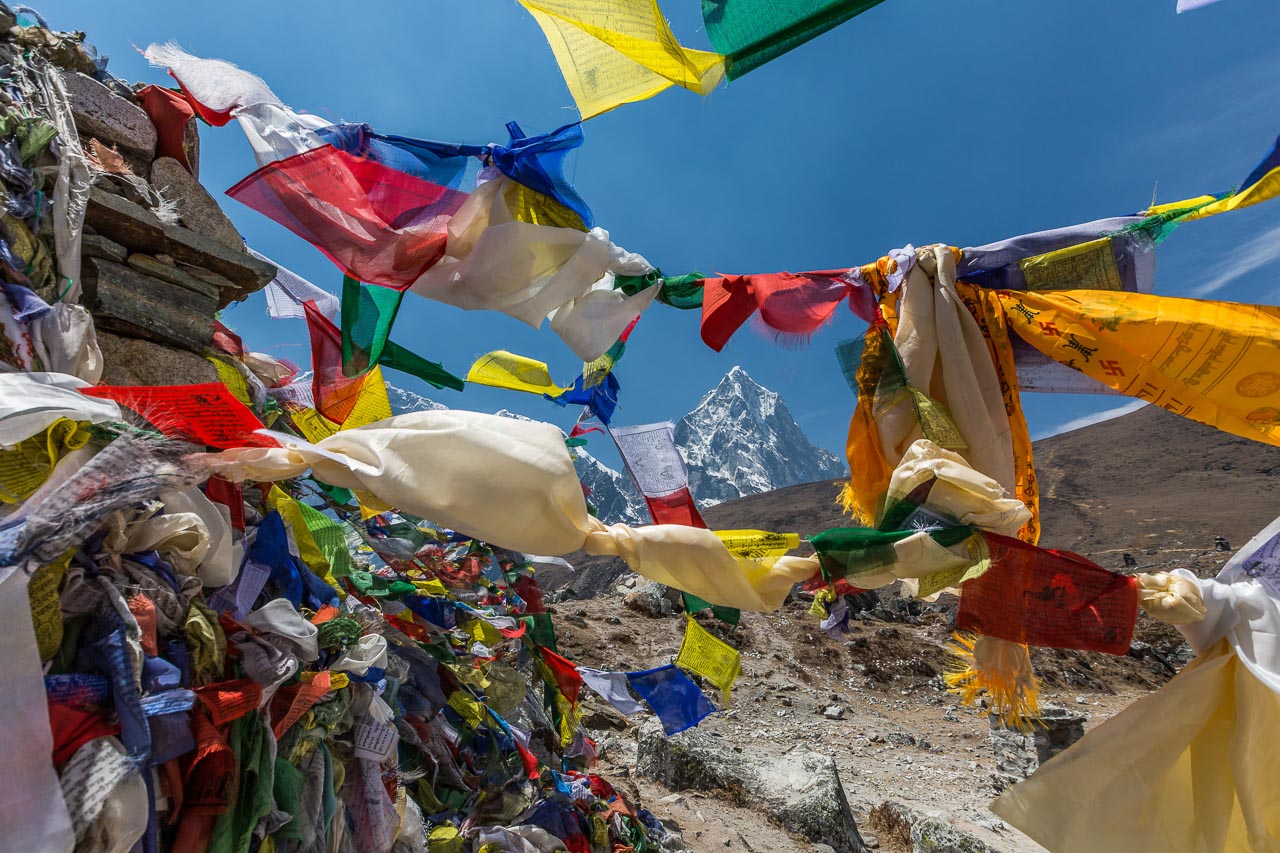
Memorial
Prayer flags at the Everest Memorial commemorate the deaths of climbers and sherpas on Mount Everest.
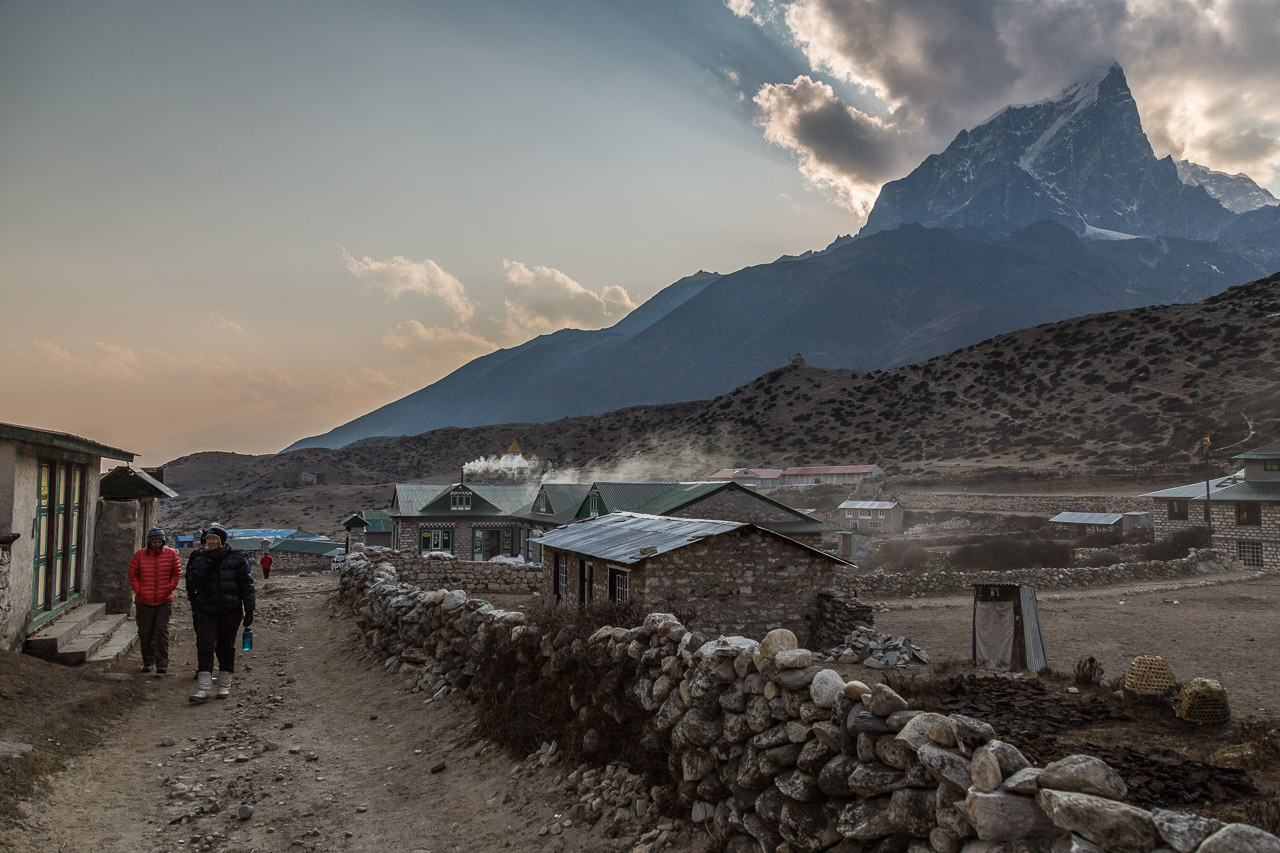
Dingboche
The village of Dingboche at 14,500 feet is a mostly seasonal village to support trekkers during the spring and fall trekking and climbing season.
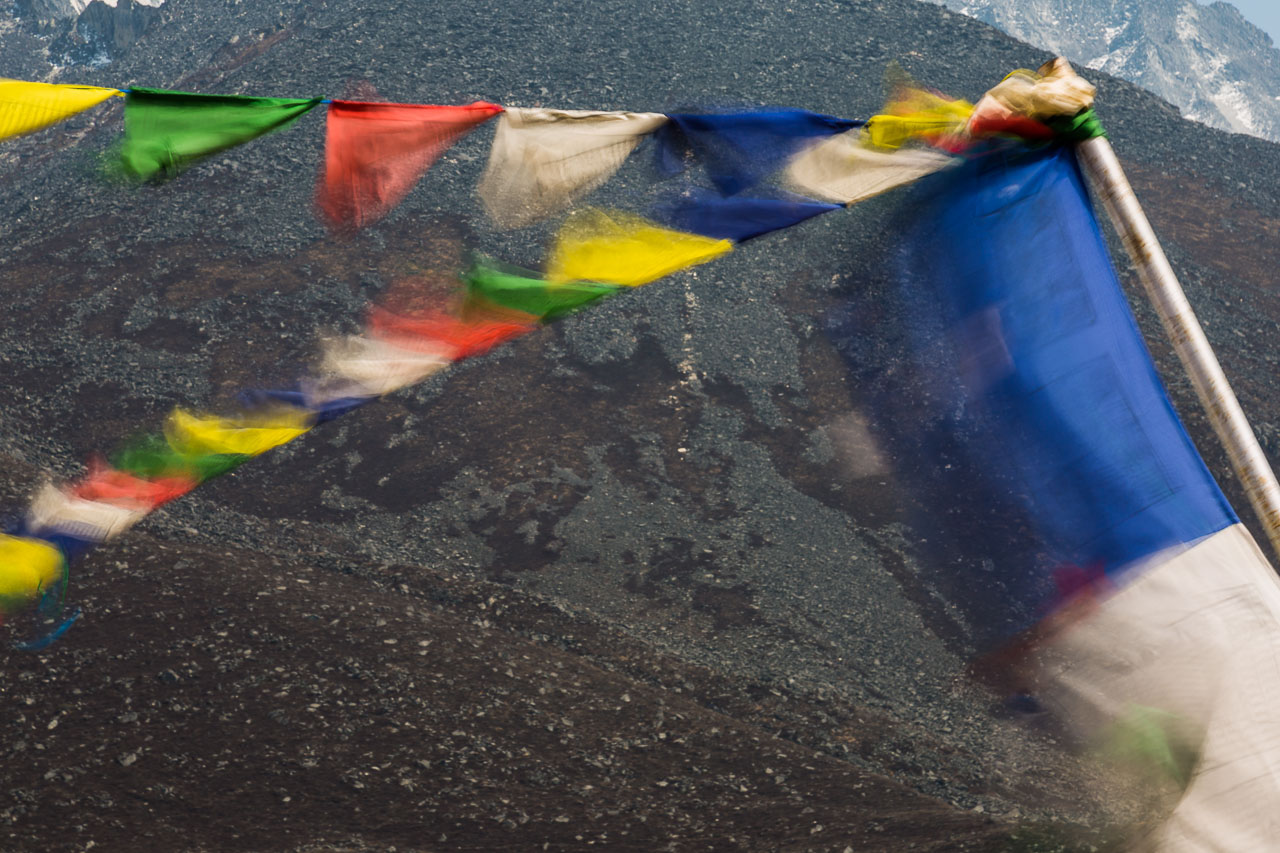
Prayer Flags
There are few places in Nepal that are out of site of prayer flags which is good because they are said to spread good will to their surroundings.

Donkey in Namche
Propane is delivered to a lodge above the trading hub of Namche Bazaar at 11,200 feet.
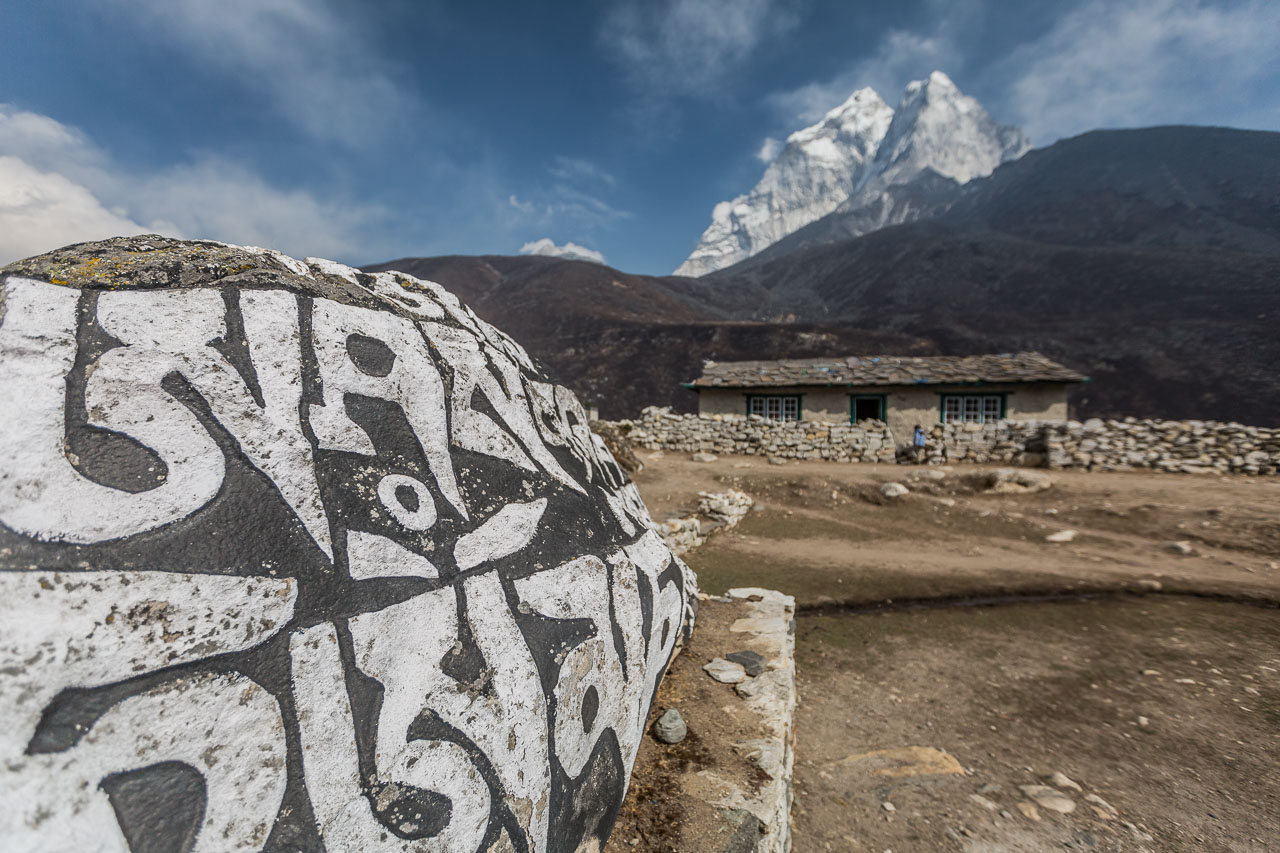
Mani Stone
Mani stones, in the form of carved boulders or stone tablets, dot the hillsides and trails of the Khumbu Region.
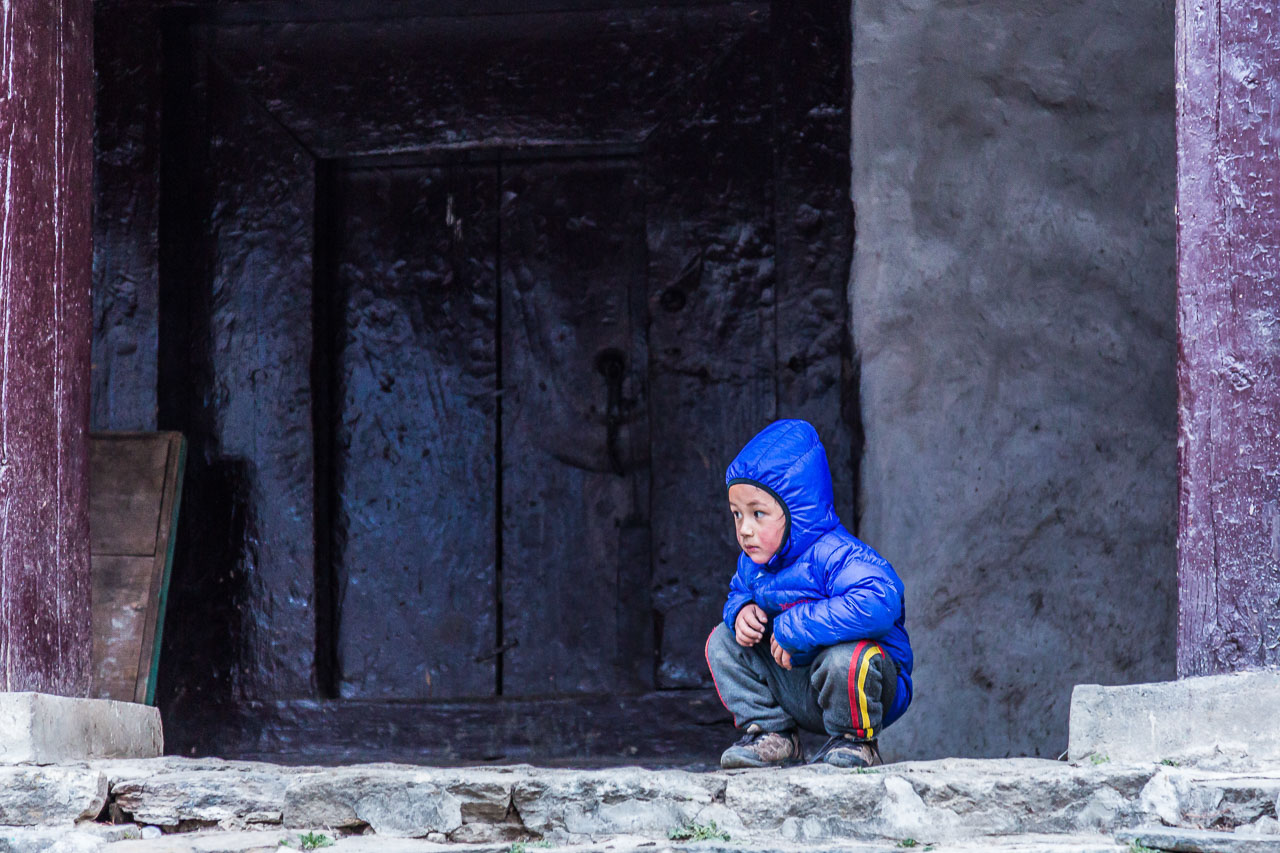
Child
A young Nepali child plays goalie and his brothers and sisters try to kick a ball into the building he is guarding.
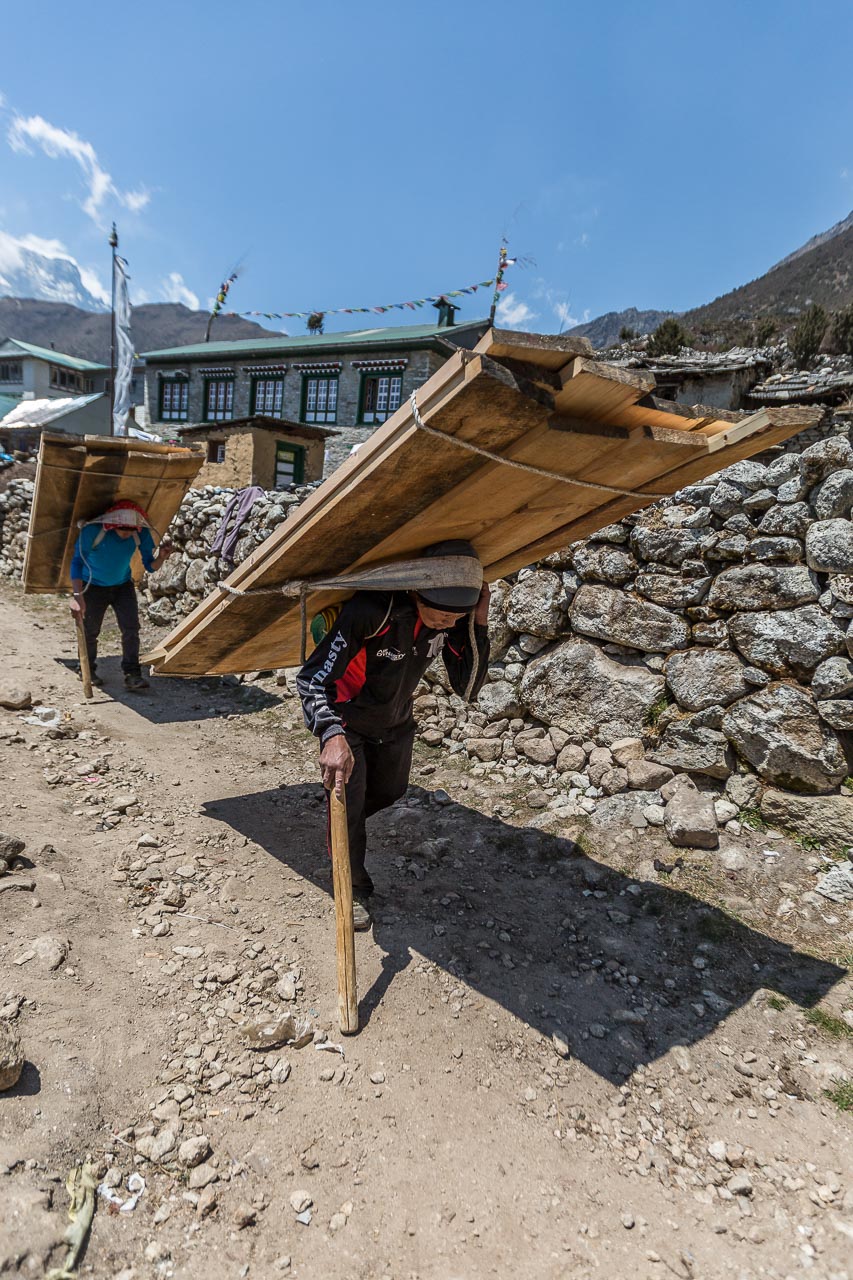
Porter
The narrow mountain trails act as the highway system in the Khumbu Region with everything brought up from lower valleys.
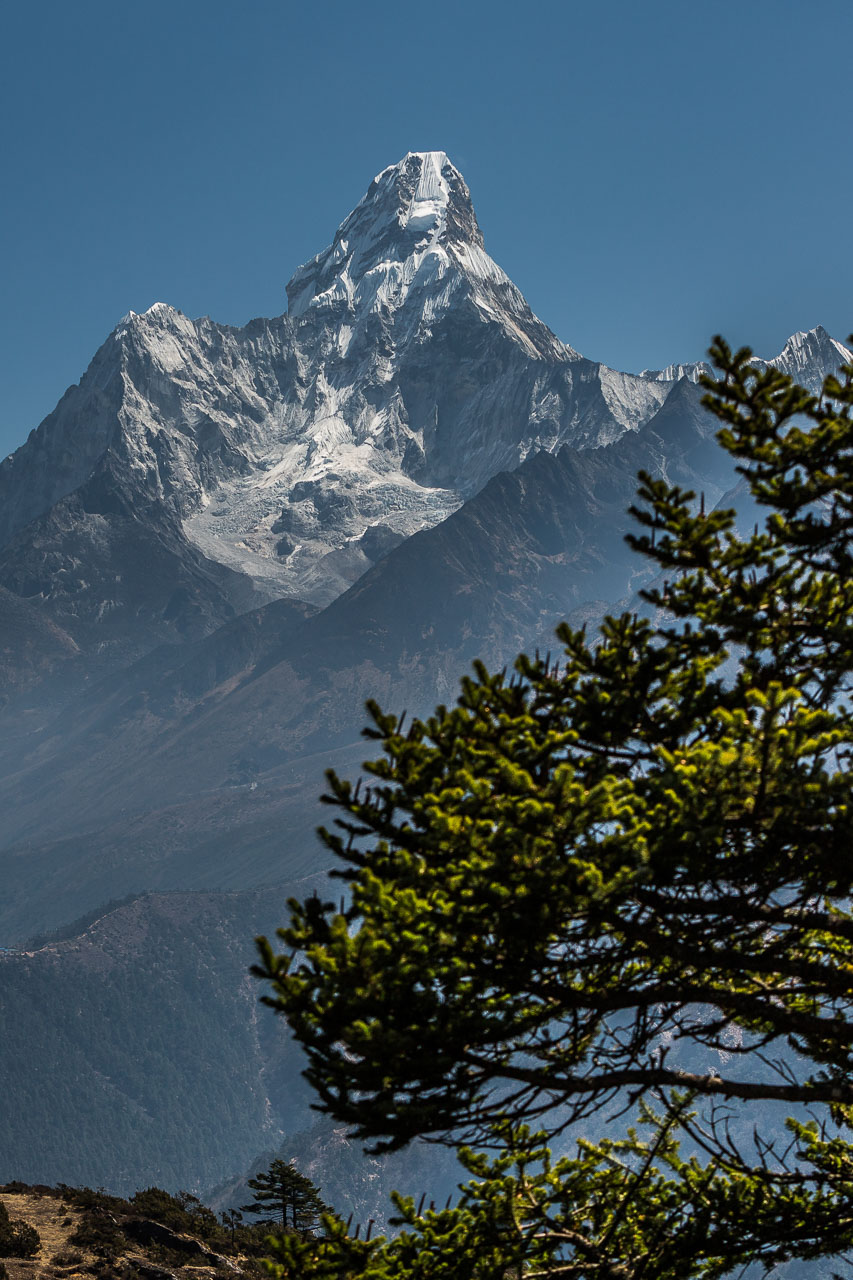
Ama Dablam
Ama Dablam dominates the skyline above the Imja Khola River Valley in the Khumbu.

Namche at Night
Namche Bazaar is home to 1,700 people and is the most expensive place in Nepal.
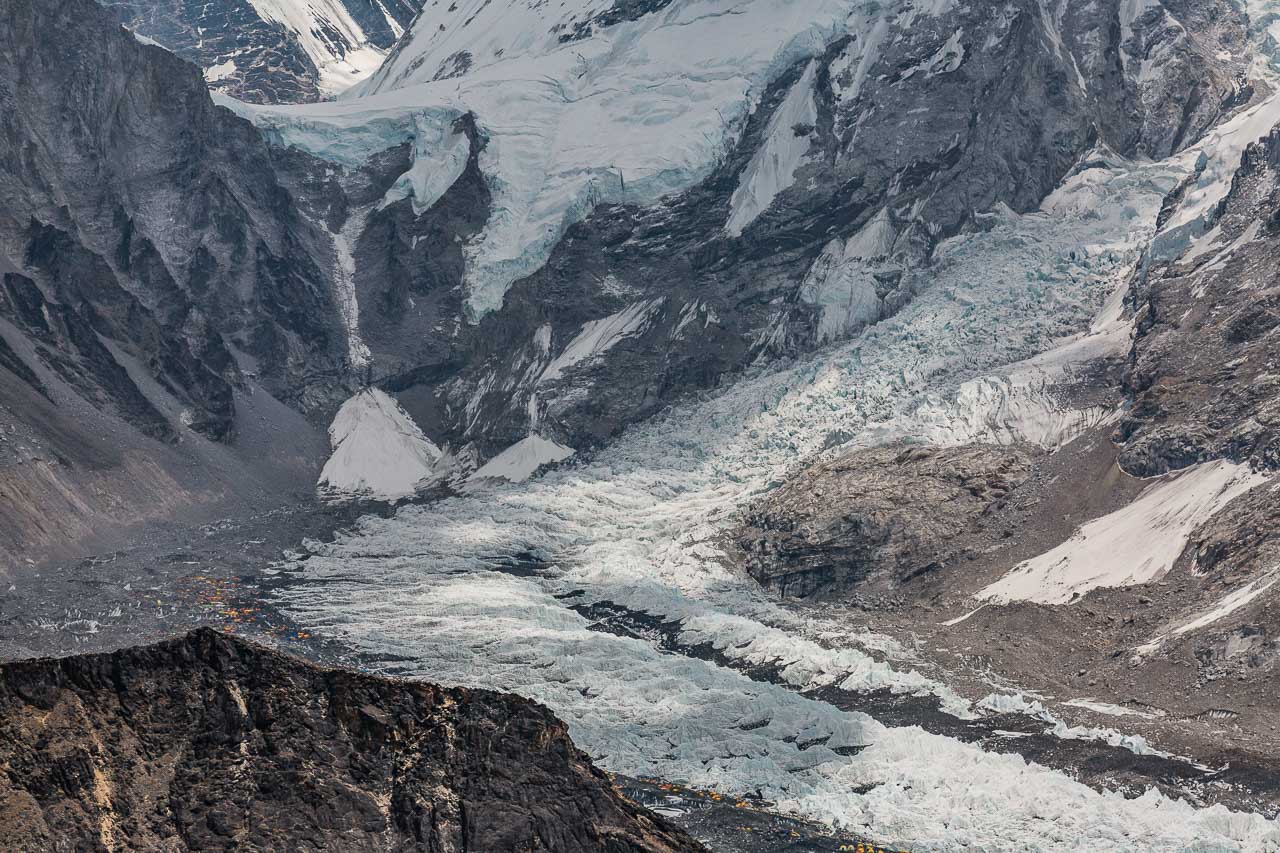
EBC Icefall
Everest Base Camp sits on the rocky Khumbu Glacier below the infamous Khumbu Icefall, one of the most dangerous sections of the South Col climbing route on Mount Everest.
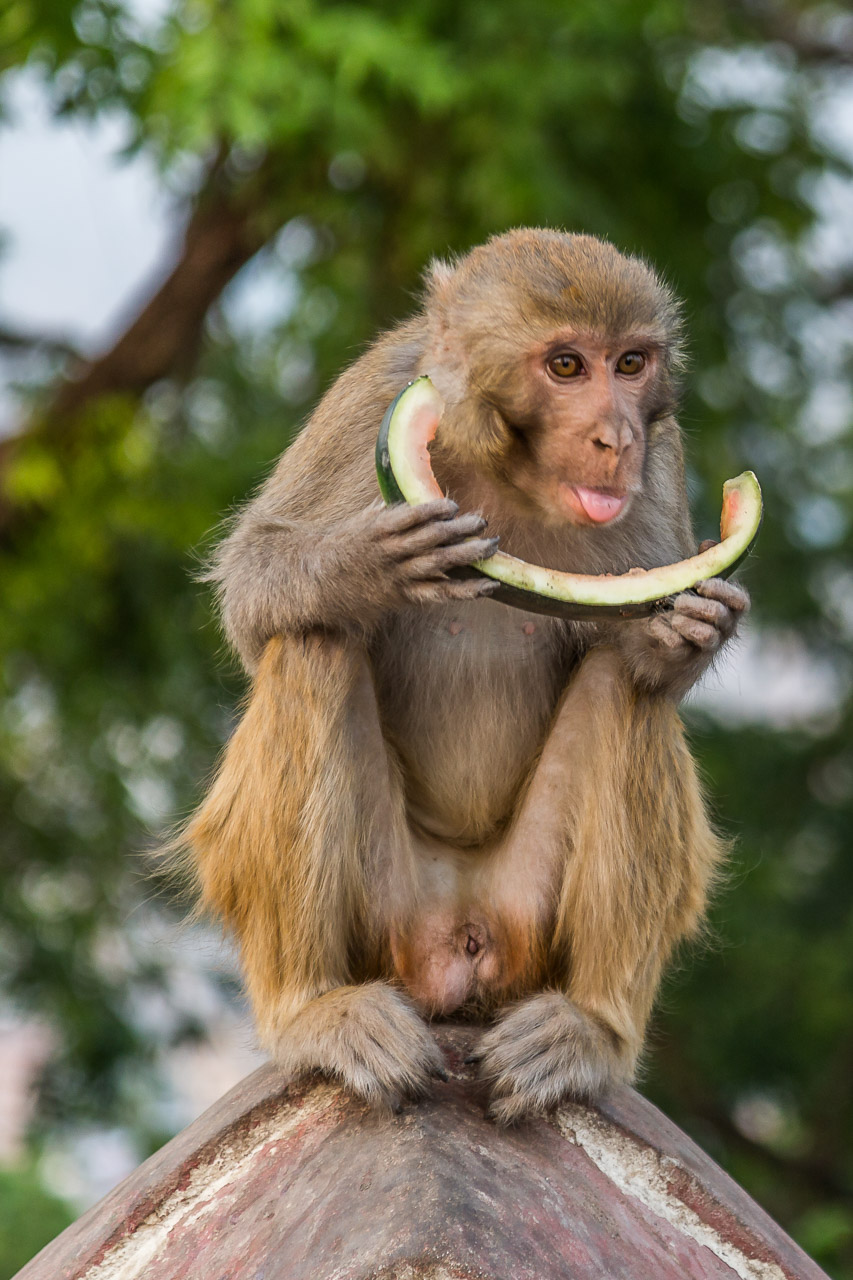
Monkey
A Rhesus monkey enjoys what’s left of a watermelon rind at Kathmandu’s Monkey Temple.
